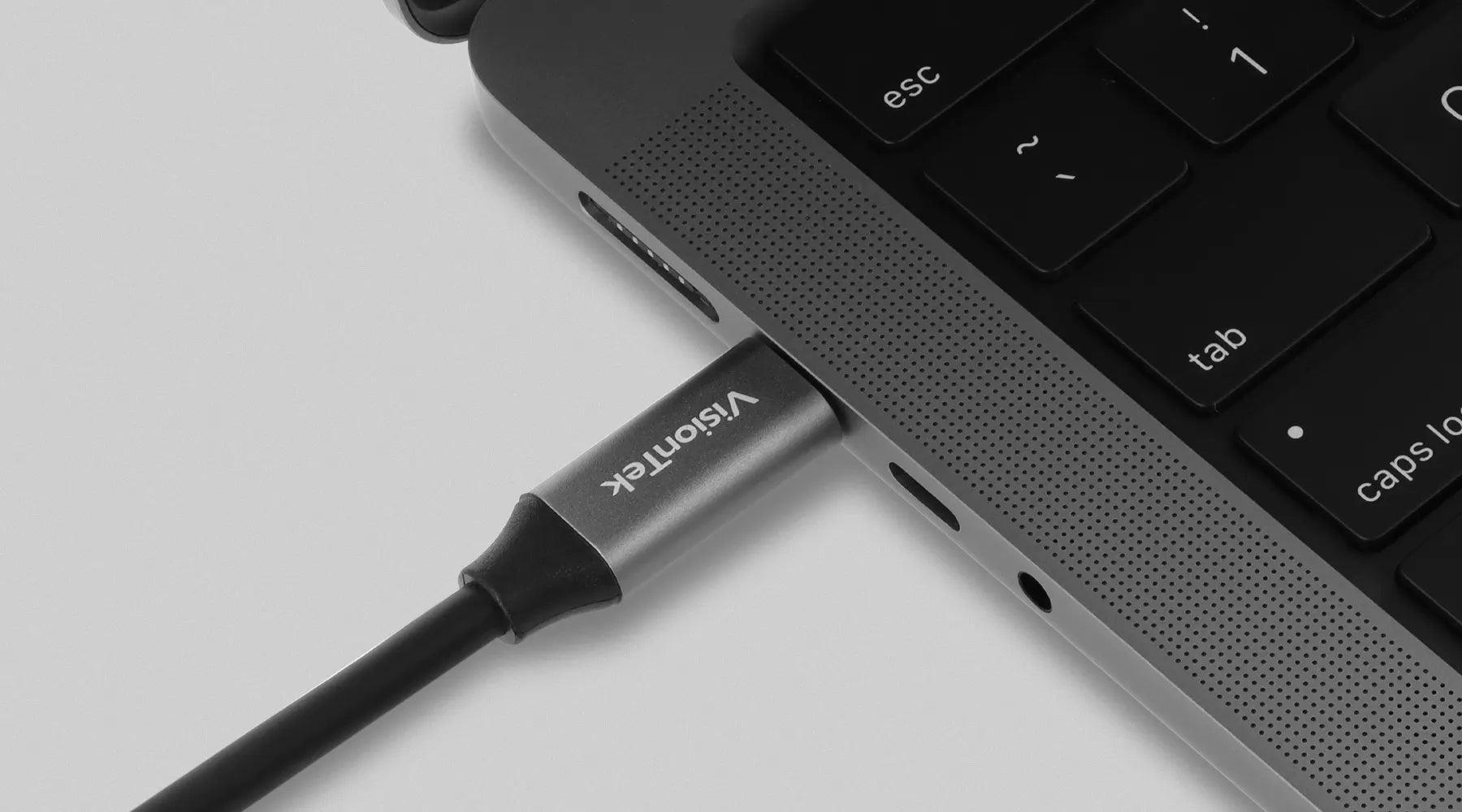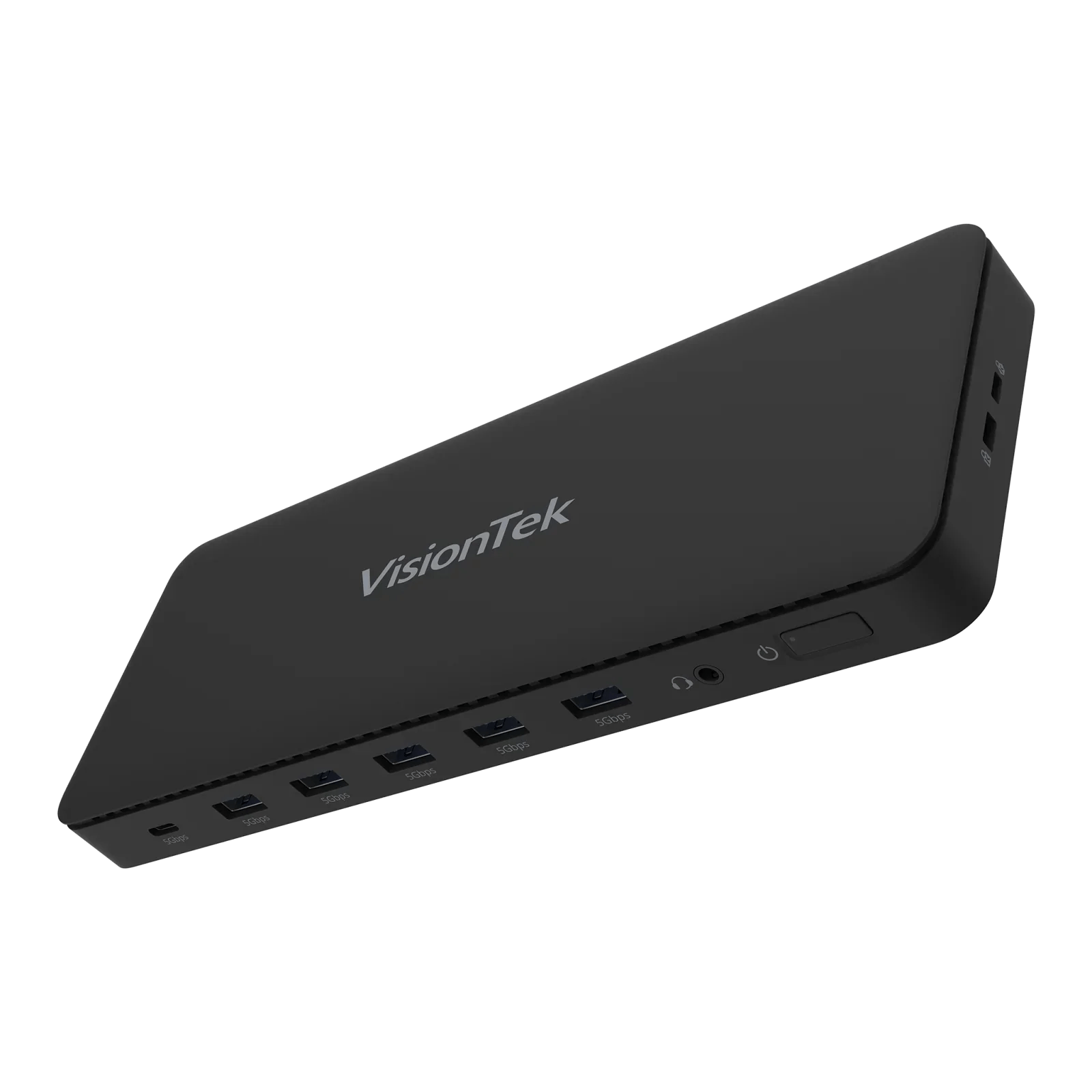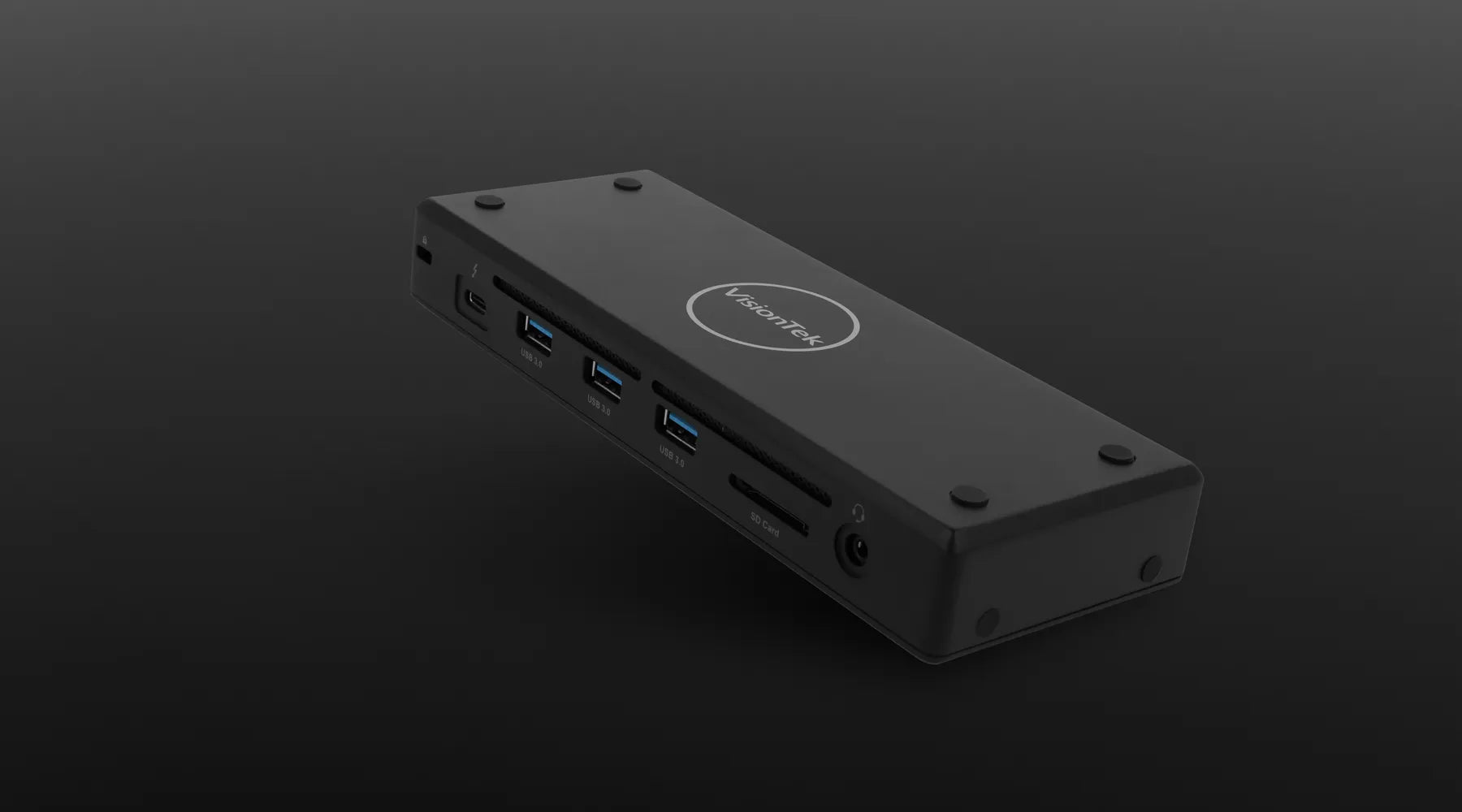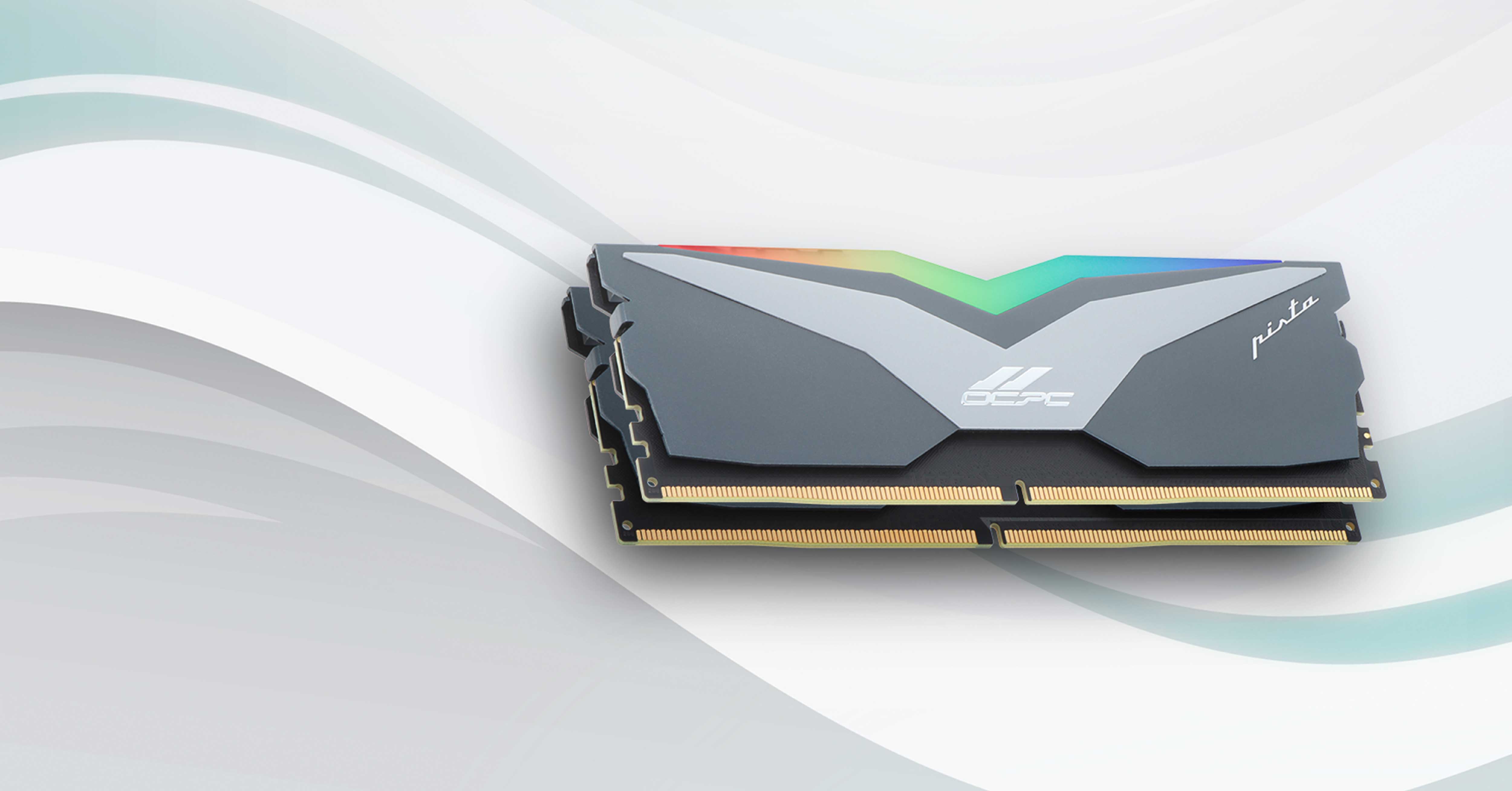Why USB-C is Better Than USB-A: Speed, Power, and the Future of Connectivity
In the world of USB ports, the transition from USB‑A (Type‑A) to USB‑C marks one of the most transformative shifts in device connectivity. While USB‑A has been a reliable staple for years, USB‑C offers superior speed, power, and versatility- ushering in a new era of seamless connection. This guide breaks down exactly why USB‑C outpaces USB‑A- and how VisionTek docking station configurations bridge both worlds to accommodate evolving needs.
USB-A vs USB-C: Side-by-Side Comparison
| Feature | USB-A (Type-A) | USB-C (Type-C) |
|---|---|---|
| Physical Design | Large, rectangular, directional | Slim, reversible, compact |
| Pin Configuration | 4-pin (USB 2.0), 9-pin (USB 3.x) | 24-pin universal connector |
| Data Transfer Speed | Up to 5 Gbps (USB 3.2 Gen 1) | Up to 40 Gbps (USB4 / Thunderbolt 3/4) |
| Power Delivery | Limited (typically ≤2.5 W) | Supports up to 100 W charging and power delivery |
| Alternate Modes | None | Supports DisplayPort/HDMI, video, docking setups |
| Orientation | One-way insertion | Reversible insertion |
| Adoption & Legacy | Widely compatible, slow-aging standard | Rapid adoption in new devices, future-ready |
The USB-C Advantage: Four Game-Changers
1. Superior Speed & Efficiency
USB‑C offers dramatically enhanced data speeds. While USB‑A tops out around 5 Gbps with USB 3.2 Gen 1, USB‑C can deliver up to 40 Gbps using USB4 or Thunderbolt- ideal for huge file transfers, high-resolution media workflows, and seamless streaming.
2. Robust Power Delivery
USB‑A ports offer only minimal charging capability. USB‑C replaces this with Power Delivery (PD) functionality—able to charge smartphones, tablets, and even laptops- with up to 100 W of power, reducing cable clutter and external adapters.
3. Versatile Video Output
Unlike USB‑A, USB‑C supports DisplayPort Alt Mode, letting you run video to external monitors via a single port. Whether HDMI or DisplayPort cables, USB‑C simplifies docking and enhances workflows- especially when paired with one of our docks.
4. Reversible Design & Future Flexibility
USB‑C's reversible connector eliminates frustration and with broad adoption, it’s powering everything from laptops to peripherals. As legacy devices phase out, USB‑C ensures compatibility with modern tech for years to come.
VisionTek Docking Stations: Bridging the Gap
VisionTek understands that many users still rely on USB‑A accessories while upgrading to USB‑C. That’s why each VisionTek docking station is crafted with a balanced mix of USB‑A and USB‑C ports, ensuring both legacy support and modern performance.
-
VisionTek VT350 USB‑C Portable Docking Station – A compact powerhouse: dual displays, Ethernet, USB-A & USB-C ports, and full 100 W Power Delivery passthrough.(CDW, VisionTek.com, VisionTek.com, VisionTek.com, VisionTek.com)
-
VisionTek VT400 USB‑C Portable Docking Station – Travel-friendly and efficient: dual 4K support, USB-A/C, Gigabit Ethernet, and 100 W charging—all via one port.(VisionTek.com)
-
VisionTek VT4500 Universal Dual 4K Docking Station – Dual-4K DisplayLink solution with an array of USB-A and USB-C options, plus 60 W USB-C Power Delivery.(VisionTek.com)
-
VisionTek VT2510 USB‑C Docking Station – A full workstation in one: 11 ports, triple-display support, USB-A & USB-C, Ethernet, SD reader, and 100 W charging.(VisionTek.com)
-
VisionTek VT7000 Triple 4K Docking Station – Premium universal hub: connect up to three 4K displays, enjoy USB-A/C, Ethernet, 100 W PD, and ultra-compatible setup for modern and legacy gear.(VisionTek.com)
Final Thoughts
USB-C is more than just a new connector, it’s a leap forward in data speed, power, and flexibility. It future-proofs your laptops and gear while maintaining backward compatibility. With VisionTek docking stations that blend USB-A legacy support and USB-C innovation, the transition becomes seamless. Upgrade smarter, workspace cleaner, and efficiency greater- all with USB-C at the center.





Share:
Thunderbolt 5: The Next Generation of Connectivity
Unlocking Speed and Efficiency: The Essential Guide to M.2 NVMe SSDs